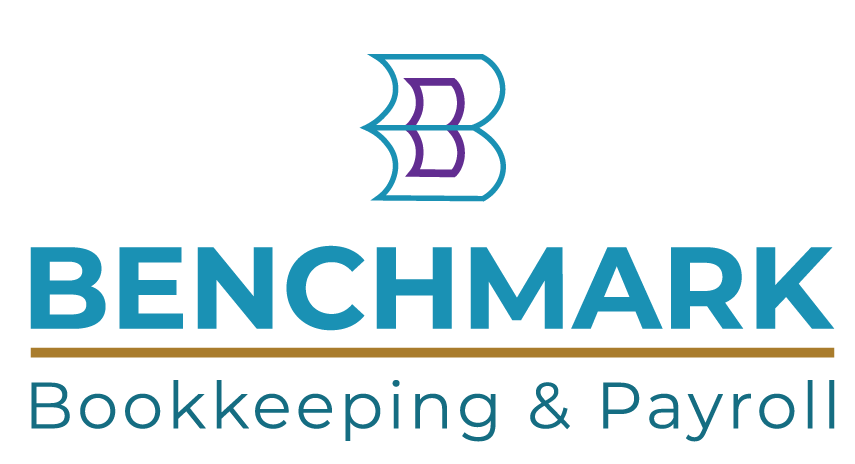How to avoid personal liability when dealing with DPNs

The ATO has many collection tools in its toolbelt, including statutory demands, director penalty notices (DPNs), and garnishee notices. It has been well publicised that the ATO has ramped up its collection activity and has confirmed it is issuing 120 DPNs per day.
This may compel companies to pay the applicable liabilities, however another benefit for the ATO is that it can improve its position to recover these debts from the directors personally.
Directors and their advisers need to be aware of the implications of DPNs and how to best deal with them to avoid personal liability. The legal and commercial options need to be thought through but unfortunately the latter is often not considered when directors decide which direction to take.
What are DPNs?
Two types of DPNs can make directors personally liable for unpaid PAYG, GST and superannuation, and these can broadly be described as:
Lockdown DPNs: These could be issued by the ATO when certain returns have not been lodged within their due date.
The 21-day deadline DPNs: These could be issued by the ATO when liabilities have been overdue for an extended period. This type of DPN will make directors personally liable for the applicable debts if the company does not do any of the following, within 21 days:
- Pay the debt in full.
- Place the company into liquidation.
- Place the company into voluntary administration.
- Appoint a small-business restructuring practitioner.
The ATO is taking a stricter approach to DPNs and payment arrangements are no longer provided as an option for directors to avoid personal liability.
A DPN will set out the above legal implications. However, the company’s commercial options and viability often require more consideration, presenting an almost endless subset of options and solutions. These commercial options are not apparent by looking at a DPN and can often warrant suitable advice.
Avoiding DPNs and personal liability
Lockdown DPNs
Once these are issued, the only way for the director to avoid personal liability is for the company to pay the debt, provided that no defences are available to the director.
Aside from having a statutory obligation to lodge necessary returns on time, directors would be wise to ensure returns are lodged on time to avoid lockdown DPNs, regardless of whether the company can pay the liability. A company’s compliance record could also factor into the ATO’s decision-making.
21-day deadline DPN
If this is issued to the directors, not opening the letter or ignoring it will not prevent personal liability. They need to be promptly dealt with and as early as possible within 21 days so that options can be optimally considered.
In certain circumstances, there could be defences to DPNs or defects. It would be wise to seek advice to consider if there are any such options. For example, is there sufficient evidence of ill health to demonstrate that the director could not fulfil the applicable role?
Paying the debt could be an obvious solution however this could be easier said than done. Particularly if the company is having cash flow difficulties or if there is a viability issue.
In some circumstances, an external administration will avoid the personal liability for the directors that presents a fork in the road, where it can be difficult to decide which path to take.
The viability assessment
When considering how to deal with a 21-day DPN, the viability of the company and/or its business can be critical to the decision-making process.
Is the company viable?
Yes – it can prevail through the circumstances and overcome the DPN liability, upon considering all relevant factors and risks.
No – then by soldiering on, there is a realistic chance that the company could fail in the future, leaving the directors to pay the DPN liability. Perhaps an external administration would be the preferred option.
Viability is important to consider before the 21-day deadline expires and the sooner it is considered then the more thought out the viability assessment will be.
If, for example, the directors realise that the company is not viable and it ought to be placed into external administration on the 22nd day after the DPN is issued, then they have left themselves to be personally liable for the DPN debts for no reason other than being slow to act.
The viability of the business (as distinct from the company) could also play into the decision-making process and needs to be promptly assessed. For example, the business profits could help the company prevail, or business losses may exacerbate the problem.
Conversely, the circumstances may warrant a liquidation, small-business restructuring appointment or voluntary administration to restructure the company’s affairs and return it to the directors.
Read the road signs
The stakes are high and taking the wrong path could lead to personal liability, so directors need to read the signs and be sure they are making the right decision.
The viability assessment can be complex for directors, particularly when it is not necessarily their area of expertise. Seeking advice can provide clarity regarding the available options and help navigate the situation.
Mathew Blum is a partner, business restructuring, at BDO.
Mathew Blum
16 September 2022
accountantsdaily.com.au
